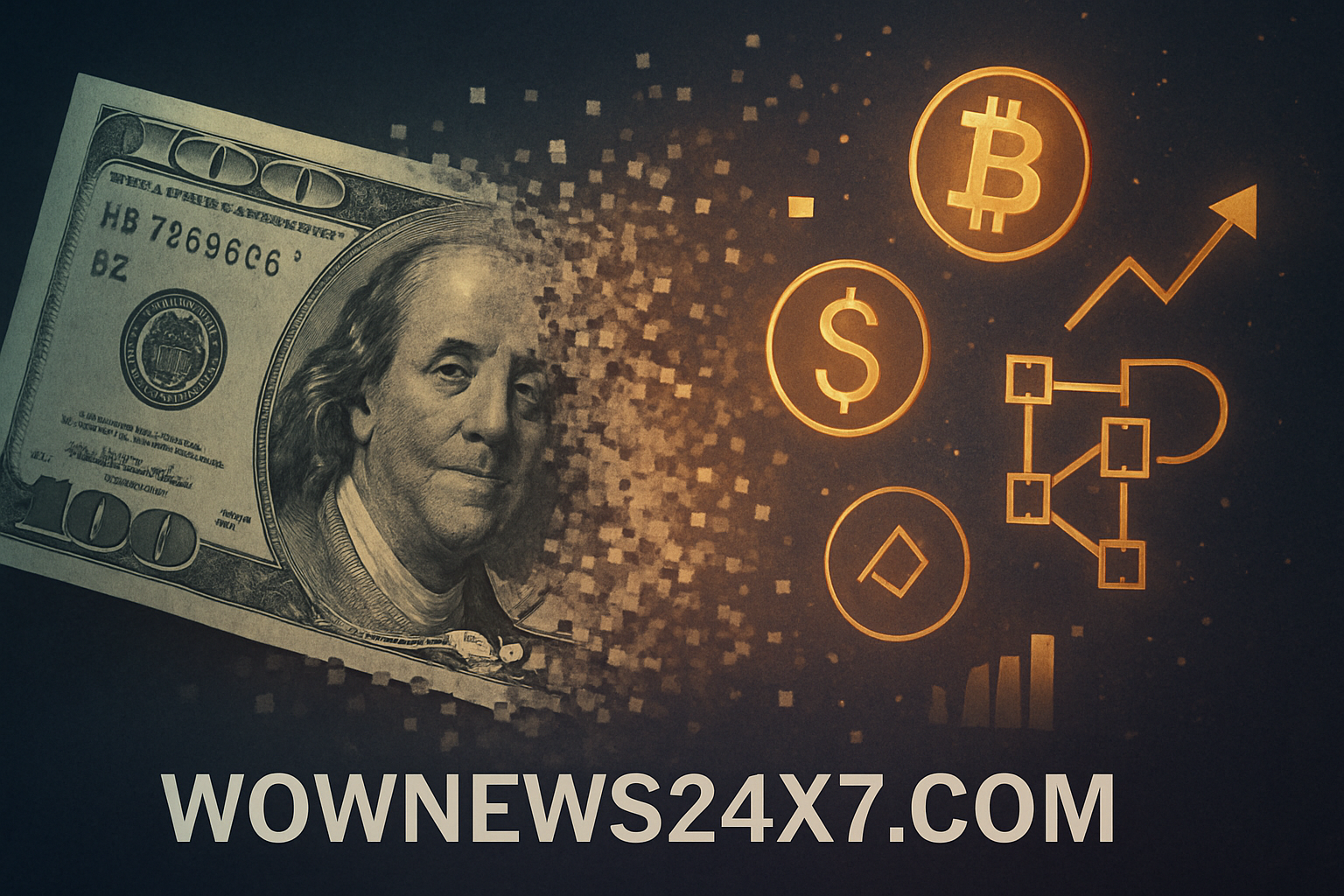In today’s hyper-digitized economy, the question of how much of our money is truly “real” is more relevant than ever. While we interact with money daily—through bank apps, credit cards, and digital wallets—only a fraction of it exists in physical form. According to recent estimates, the global M0 money supply, which includes all minted coins and printed notes, stands at roughly USD 8.28 trillion. This represents the tangible cash circulating across 40 major economies, including the 20 countries that use the euro.
However, when we expand the definition to include checking accounts, savings, and other liquid assets (M1 and M2), the global money supply balloons to approximately USD 82.6 trillion. This means over 90 percent of the world’s money is digital, existing only as numbers on screens and ledgers maintained by banks and financial institutions.
The Mirage of Value and Distribution
The concept of “real” money becomes even more abstract when considering how unevenly it’s distributed. With a global population of over 8 billion, dividing the M2 money supply equally would give each person around USD 10,250. Yet, wealth inequality ensures that billions live with far less, while a small elite controls vast financial resources.
Moreover, the value of money is not intrinsic—it’s a social construct backed by trust in governments and financial systems. This trust is what allows digital balances to be accepted as payment, even though they lack physical substance.
Digital Dominance and the Shrinking Role of Cash
The rise of digital payments, cryptocurrencies, and central bank digital currencies (CBDCs) is rapidly shrinking the role of physical cash. Countries like Sweden and Japan are piloting digital currencies, while the Bahamas has already launched the “Sand Dollar,” the world’s first CBDC. These innovations further blur the line between real and virtual money, making it harder to define what constitutes actual wealth.
In the United States, for example, the Federal Reserve reports that only USD 2.3 trillion exists in physical notes and coins, while the broader M2 money supply exceeds USD 20.8 trillion. This disparity highlights how most financial transactions rely on digital representations of money rather than tangible assets.
The Psychological and Social Dimensions
Beyond economics, our relationship with money is deeply psychological. A recent article explores how perceptions of wealth are shaped more by social comparison than actual financial security. People often feel inadequate when comparing themselves to wealthier peers, leading to anxiety and dissatisfaction—even if their basic needs are met.
Research by Nobel laureates Daniel Kahneman and Angus Deaton found that happiness increases with income only up to a point—around USD 75,000 annually in 2010 terms. Beyond that, additional wealth has diminishing returns on emotional well-being. This suggests that the “realness” of money is not just about physical form but also about its impact on our lives and mental health.
Closing Insight
So, how much of our money is real? Technically, only a small fraction exists as physical currency. The rest is digital, symbolic, and reliant on trust. But perhaps the more important question is: how much of our money feels real to us? In a world where financial systems are increasingly virtual, understanding the nature of money—its value, distribution, and psychological impact—is essential to navigating modern life.
Source: MSN – July 21, 2025 World Population Review – July 25, 2025 Money Digest – July 25, 2025 HowStuffWorks – July 25, 2025 Visual Capitalist – July 25, 2025 Greenlight – March 17, 2025
